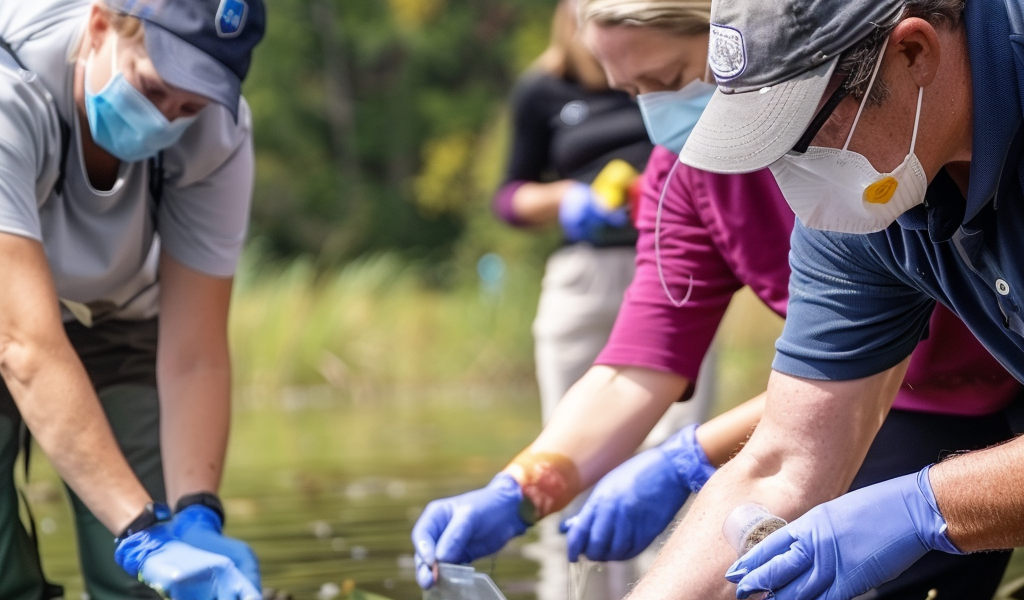In a groundbreaking environmental project, citizen scientists are teaming up with researchers to collect DNA samples from hundreds of lakes across the globe. This unprecedented effort is set to create the largest collection of environmental DNA (eDNA) ever gathered from aquatic environments in a single day. The initiative, known as the LeDNA project, aims to provide a comprehensive snapshot of global biodiversity and enhance scientists’ understanding of species movement over time.
Environmental DNA, which is naturally shed by all organisms, has become an increasingly valuable tool for assessing species presence in various environments. It is cost-effective and can be efficiently extracted from water, soil, ice cores, and air-monitoring station filters. Notably, eDNA has been instrumental in detecting endangered species, including a Brazilian frog species thought to have gone extinct in the 1960s.
Leading the massive lake project is Kristy Deiner, an environmental scientist at the Swiss Federal Institute of Technology (ETH) in Zurich. The research group has received applications from over 500 individuals across 101 countries who are eager to participate in collecting eDNA samples from their local lakes and sending them to ETH Zurich for analysis.
Philip Francis Thomsen, an environmental scientist at Aarhus University in Denmark, and a volunteer for the lake project, emphasized the importance of global-scale citizen involvement, stating that it expands the geographical scope of sampling and fosters public ownership and awareness of global biodiversity issues. Cátia Lúcio Pereira, the project’s coordinator at ETH Zurich, echoed this sentiment, highlighting the value of citizen participation in advancing biodiversity monitoring.
While eDNA is considered a valuable asset for biodiversity monitoring, researchers acknowledge its limitations. For example, DNA collected from a specific site may originate from a species that transiently passed through the area, rather than residing there permanently. Furthermore, the degradation of genetic material due to factors such as microbial ingestion, high temperatures, and ultraviolet radiation poses challenges that require further understanding.





